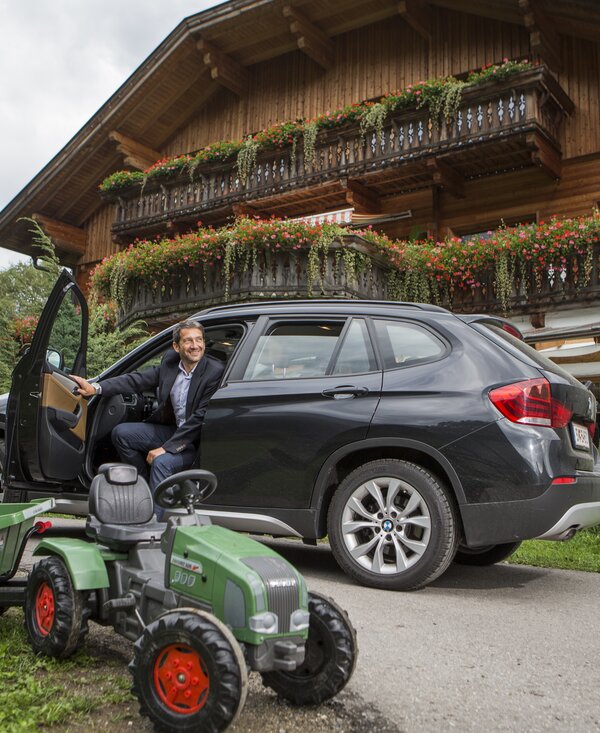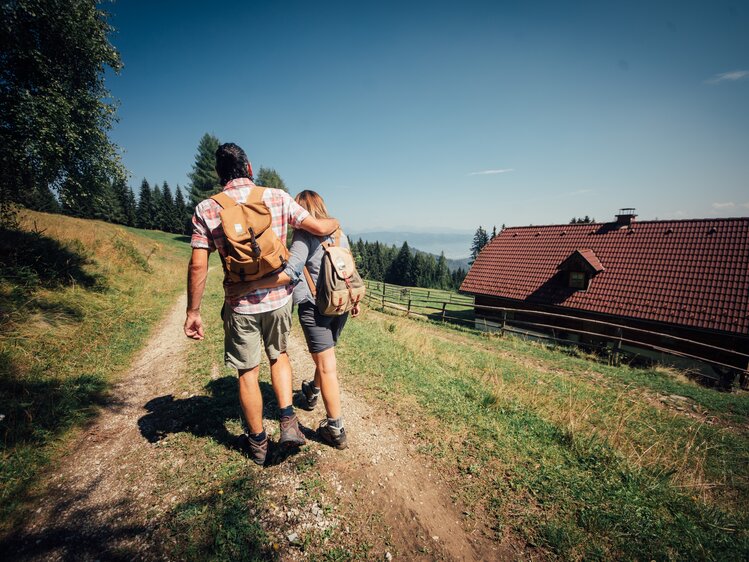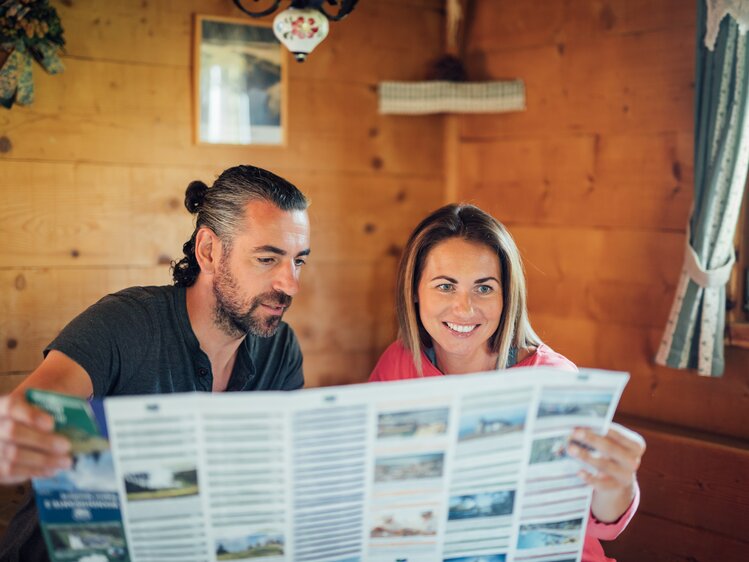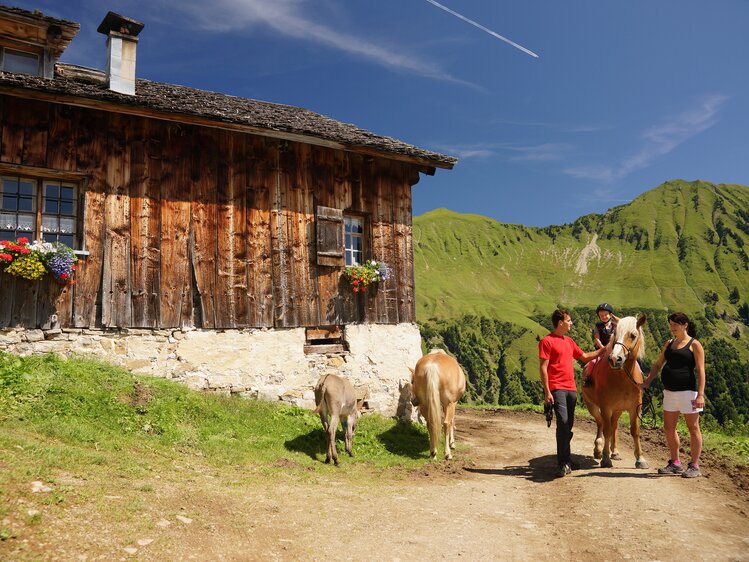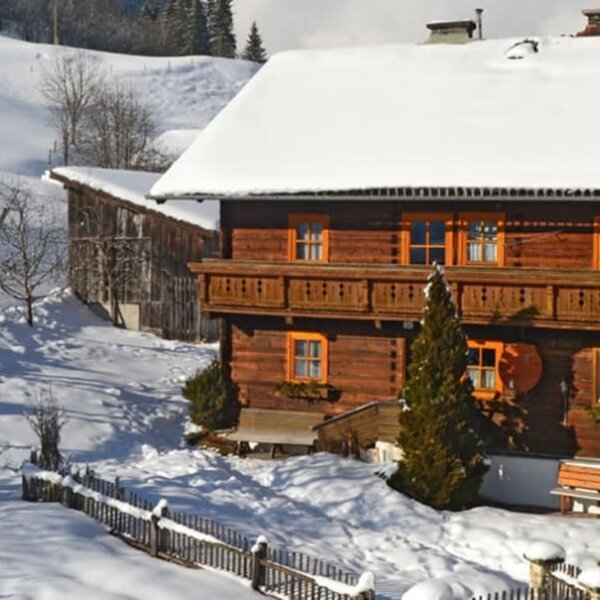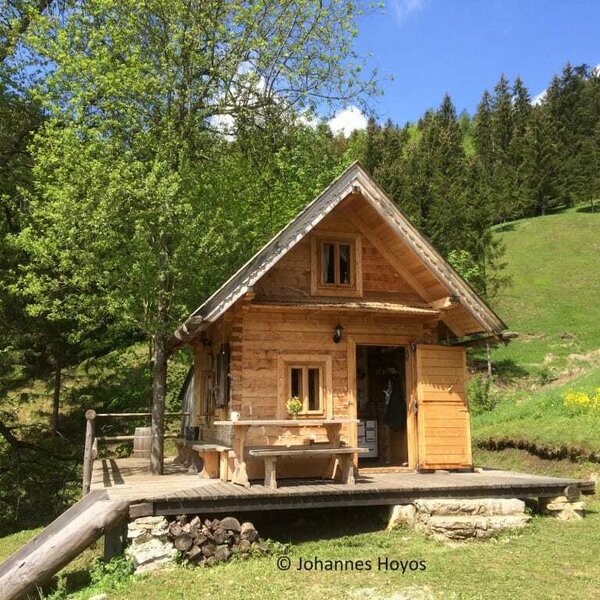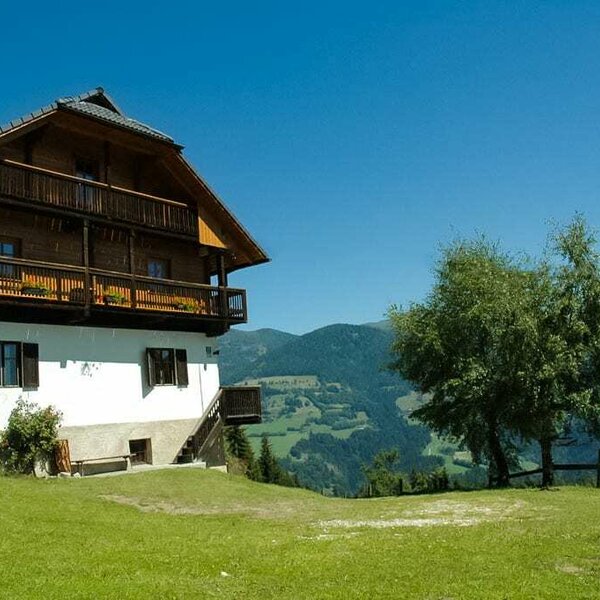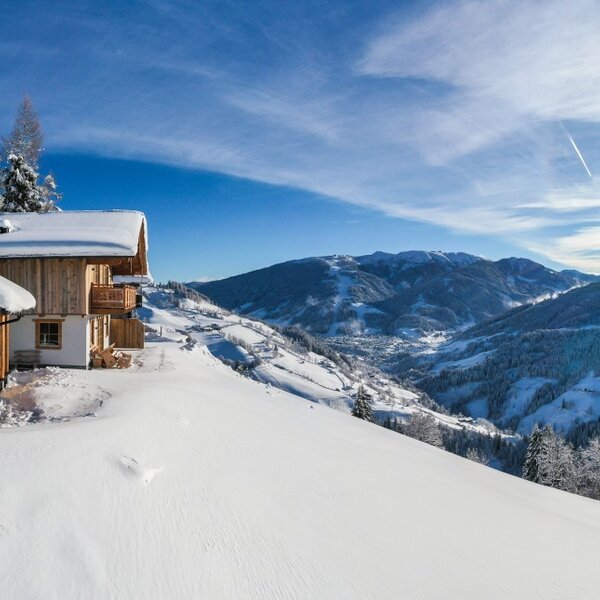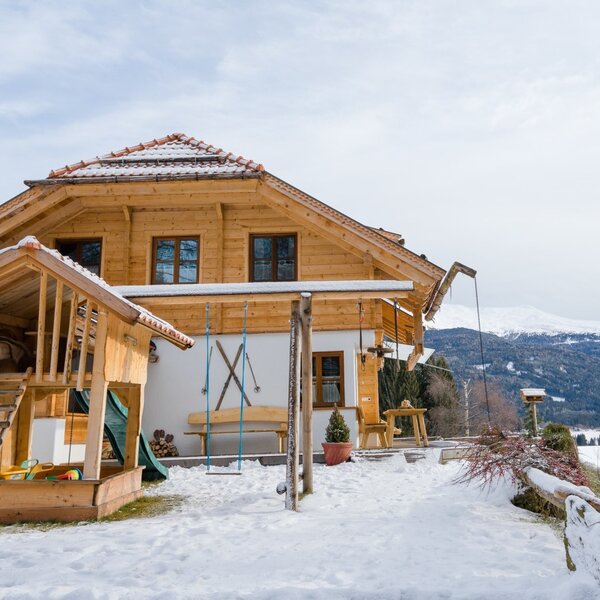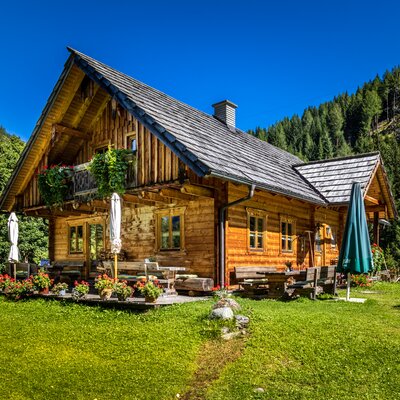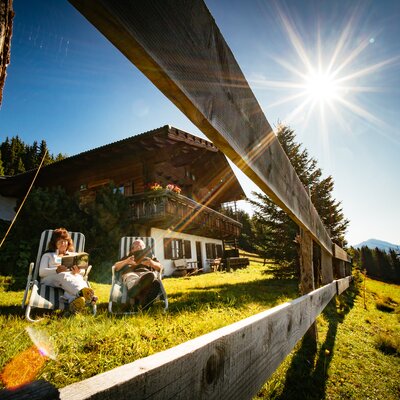
Safely and quickly uphill and downhill by carThe expert knows everything!
I have driven on many, many alpine roads and trails - sometimes good, sometimes better, sometimes very bad - and have experienced some dicey situations. That's why I don't want to give you any advice, but have brought an expert into my car, so to speak.
Alois Wolf has been a driving school instructor for 35 years and knows his way around. He is also a part-time farmer and therefore knows his way around mountain roads, tracks and country roads due to his second job. So, his advice on the situation described at the beginning: "The road traffic regulations stipulate that the driver who has an easier time must give way. Usually it's the one who is driving uphill. But you first have to determine what is really easier and, above all, better in the situation in question. So, first commandment: keep calm!"
Alois has another insider tip: "If you're lucky, the guy coming is a local. He does the swerving skillfully. He knows exactly how to do it, where the next detour is and how to do it safely. So trust him. Otherwise, trust yourself. In an emergency, you'll be amazed at how much space there actually is! Especially in the hairpin bends and on the mountain side."
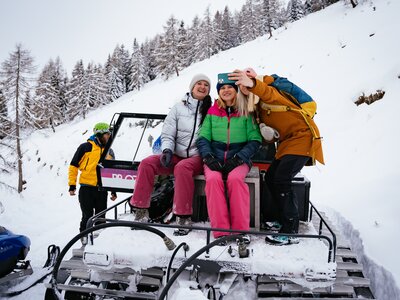
Which car is the best for driving uphill
My current driving instructor, Alois, also knows exactly that. "Any standard car of different sizes is suitable," he says. Should it be an SUV? The expert smiles: "Yes, of course it's good, but it doesn't have to be. If you already have an SUV, then it will finally arrive at its destination after all the city and highway driving." And which car is not suitable for driving in the mountains? "Definitely sporty cars that are low to the ground and those with an optical shoring. They can scratch underneath, which sounds terrible and can cause quite a lot of damage," says Alois and immediately provides the appropriate scratching sound.
And while we're on the subject of "scratching"! Alpine paths and roads often have deep ruts. How do I behave with my car? Clear answer: "Don't drive in the rut, of course, but if possible on the higher side out of the rut, ideally on the slope side." And I think from the background: If you have to stay in the lane for space reasons, drive as slowly as possible. And switching back and forth sometimes helps too.
And how does it work in winter?
Alois comments: "You definitely need good winter tires. The new generation of snow chains can usually be fitted even if you are already stuck. So always take snow chains with you, even if you can't fit them yourself. There's always someone who can do it, preferably a local who has already been worn out by swerving. But it is always very important to put the chains on in good time." Another tricky question: And what if nothing works even with chains? The succinct answer: "Then only the farmer's tractor will help to free you and your car."
Uphill and downhill - safely and correctly!
Of course, Alois also knows which gear to use for each uphill situation - after all, he is a driving instructor: "Put the car in gear and give it full throttle. When the car accelerates, you're in the right gear for the terrain. This will very often be second on gravel roads and alpine paths." And downhill? "It's best to drive downhill in the gear where the engine brake is sufficient. The foot brake should only be used occasionally, especially before bends," says Alois. And I quietly add: "Yes, it's better to ride downhill more slowly and safely, because gravel roads can be very tricky, especially downhill." I know from unpleasant experience!
Men or women - who drives better? I can't resist asking Alois this question. He looks at me in amazement at this strange question. "In my many years of practice, I don't see any difference at all. It just depends on the practice," he says very firmly at the end.
The golden tip in a double pack
The first, of course, is now due with the word exercise. Alois Wolf says: "Firstly, keep calm. Secondly, try things out. Thirdly, take on something, but not too much. Fourthly, learn (and practise) by doing. There are also perfection drives in driving schools, which I have already done. But they are not absolutely necessary. The important thing is that you simply look forward to your alpine rides."
And now my tip. Don't park your car anywhere on the alpine meadow, because the grazing cattle are often very curious - I've seen broken mirrors myself. If possible, park your car behind the fence at the hut. Then the driving experience on the mountain pasture will be nothing but fun!
Notburga Samrock
12 Article(s)
